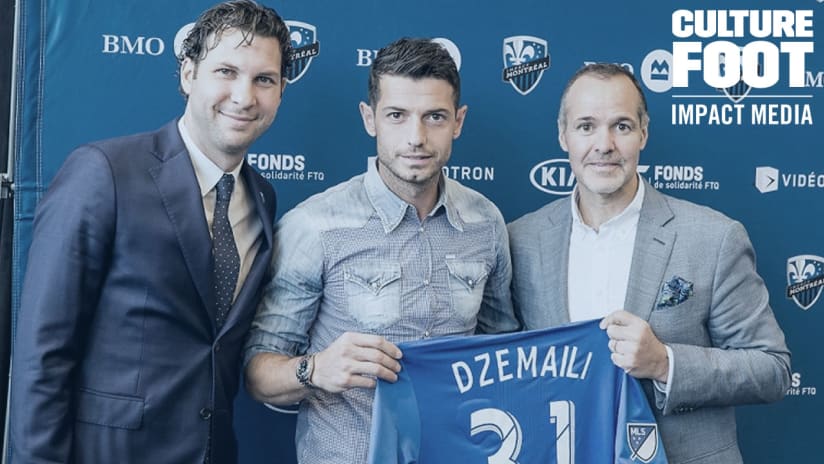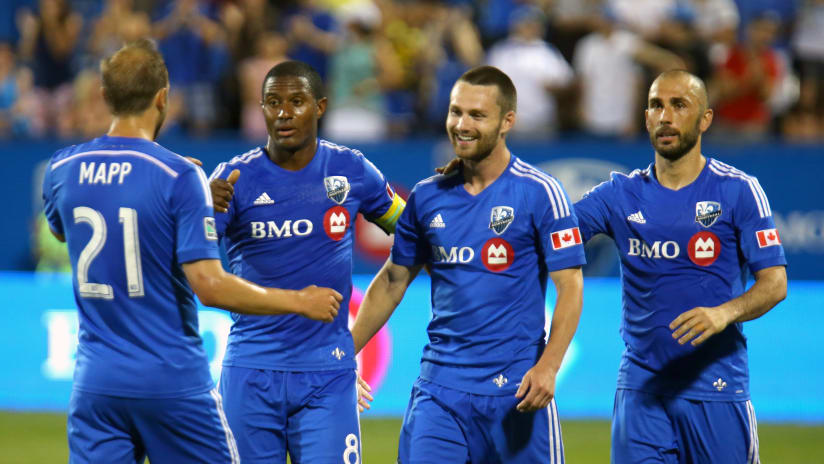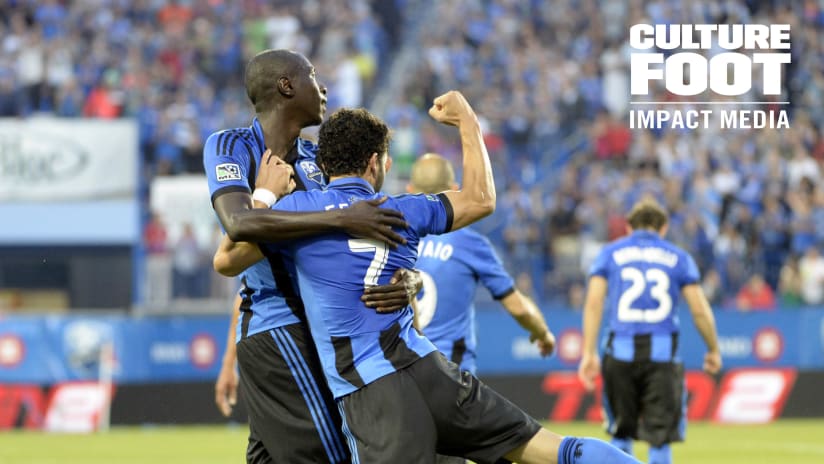Transfer window, mercato, transfer market: many terms are used to name the exact same thing, the period when clubs can recruit new players.
In MLS, two moments are scheduled in the year for this matter: first, from February 14 to May 8, to kick start the season, and from July 10 to August 9, to prepare for the second half of the campaign and the playoffs.
Three types of transfers are possible in MLS: the international transfer – buying, selling or loaning a player –, a trade with other MLS clubs, and the signing of a player without a contract.
International transfer
When a player under contract with a club is coveted by another club, the three parties must strike a deal to transfer said player. This is when the transfer fee enters the fold: it’s the amount of money the club that owns the player is ready to accept to release him. Still, negotiations between the buying club and the player have to take place for a new contract. The value of a player and his transfer fee should not be mistaken for the player’s salary.
It is also possible that a player is loaned to another team, whatever the reason – financial, sporting, logistical, etc. Both clubs will find terms for the length of the loan, the percentage of the player’s salary paid by each team, the loan fee, if it applies…
Intra-league trade
MLS clubs can trade players during the transfer windows for other players, draft picks or general or targeted allocation money, as long as they respect the league’s roster rules and regulations.
Signing of a player without a contract
When a player’s contract expires, he is free to move wherever he pleases. He can sign with the club of his choice at any moment but, typically, contracts finish right before a transfer window opens; let’s remember when Marco Di Vaio joined the Impact, back in June 2012, for instance.




